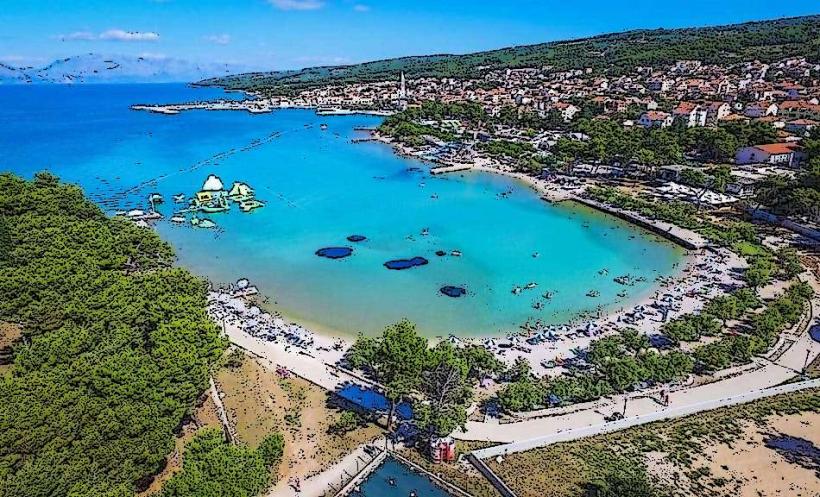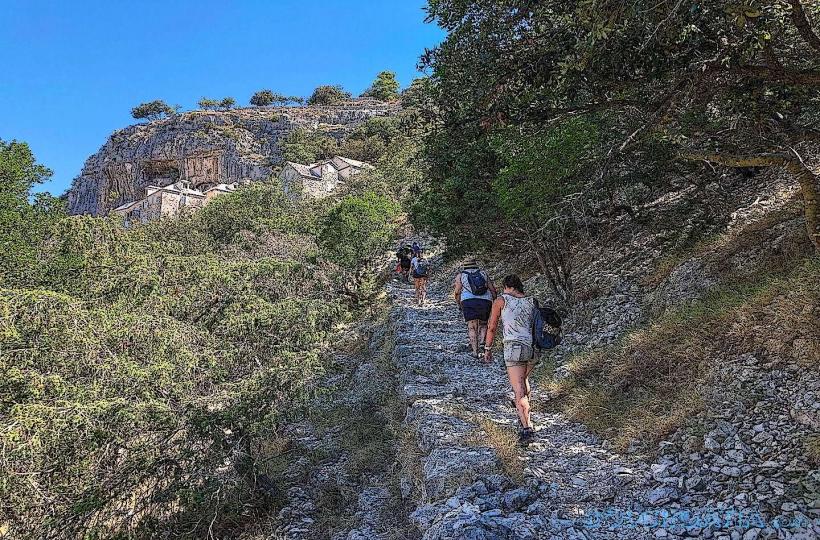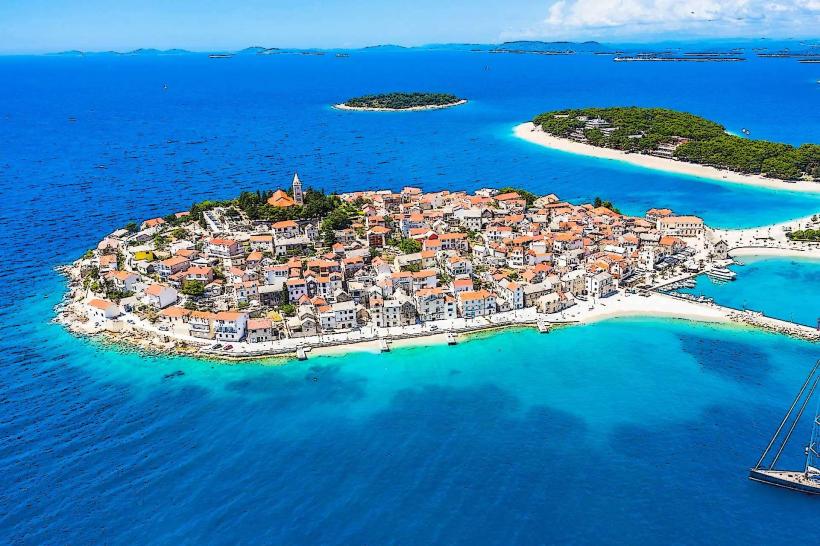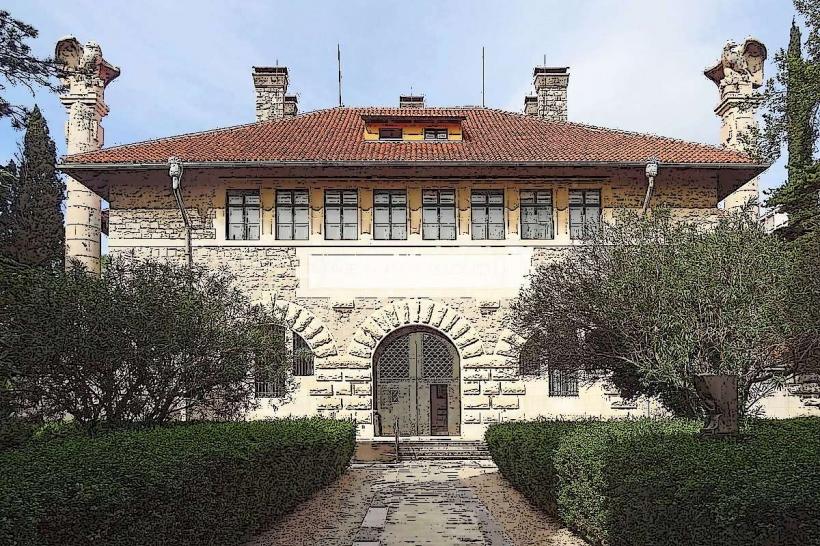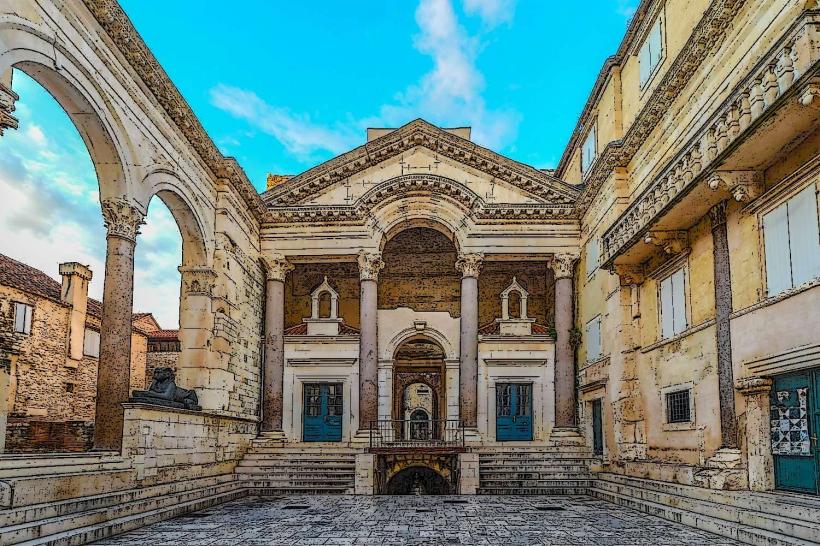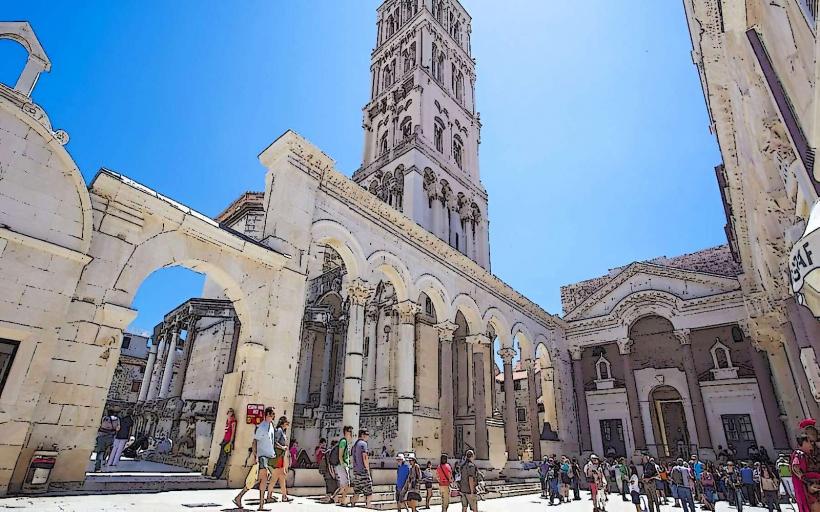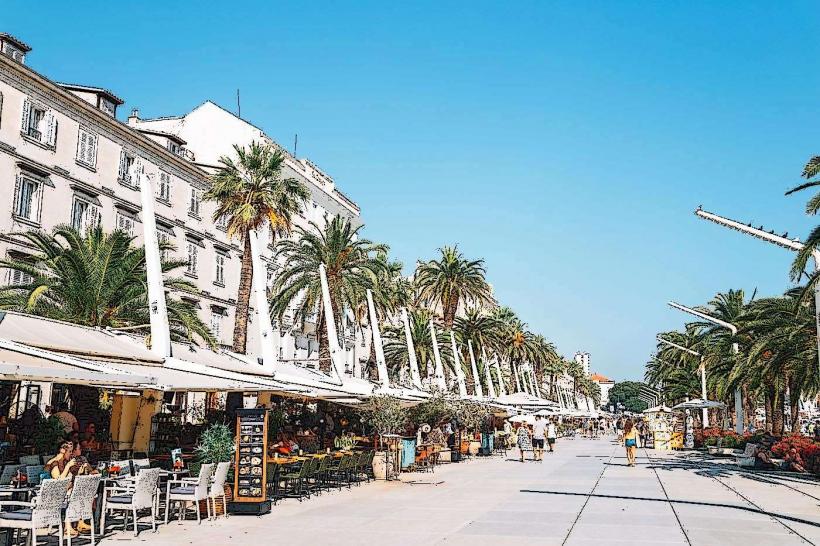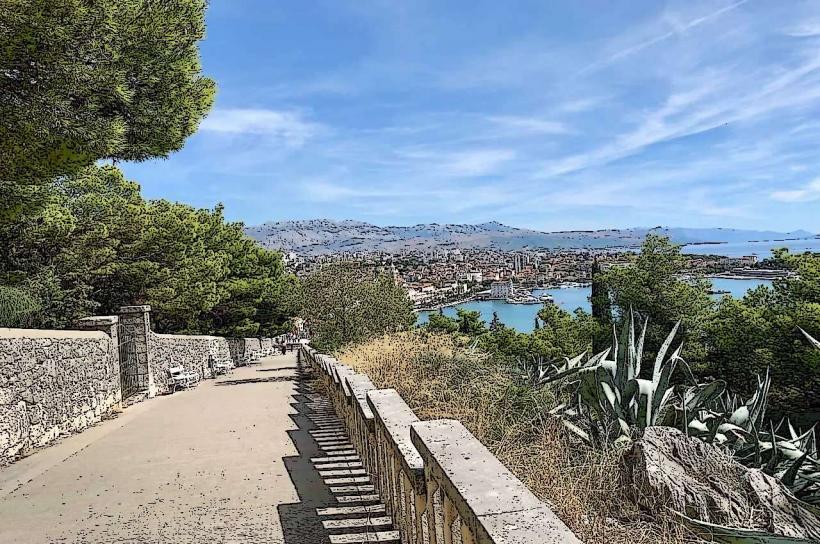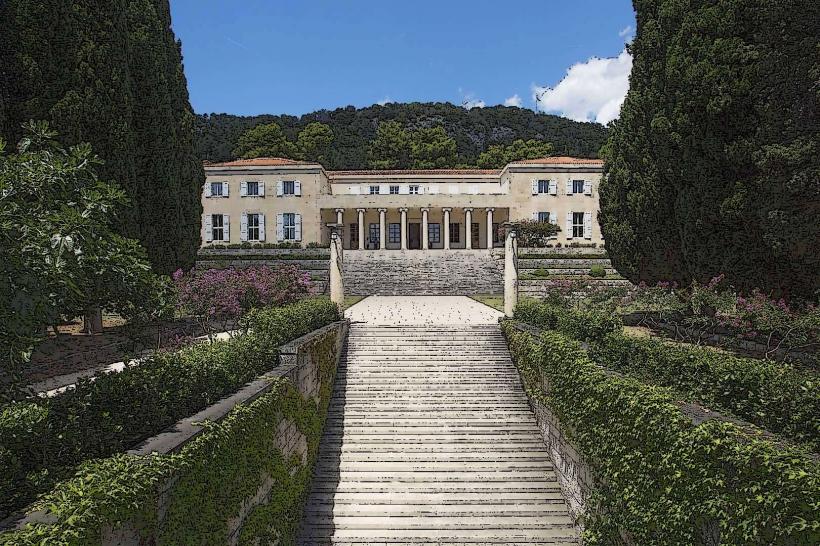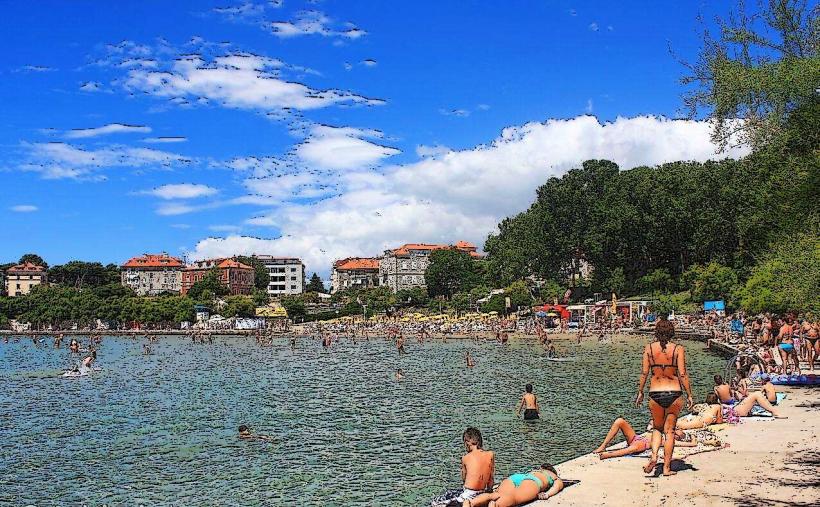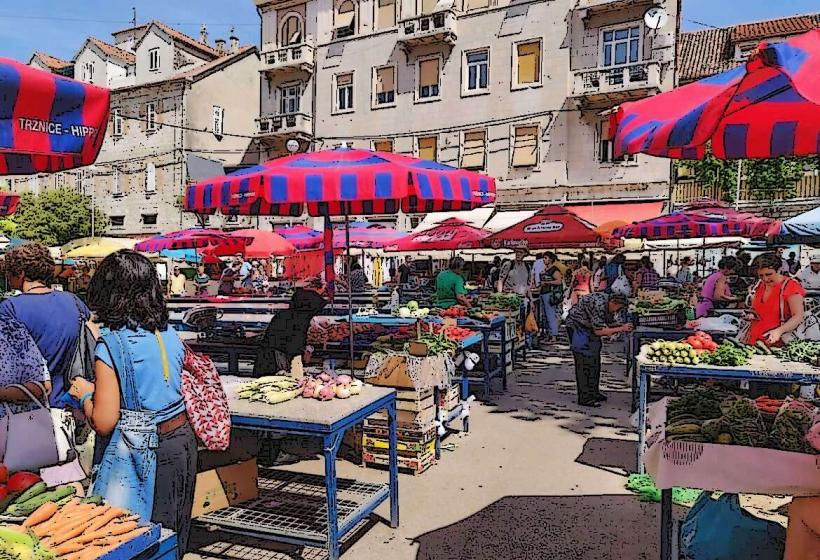Information
Landmark: Gregory of Nin StatueCity: Split
Country: Croatia
Continent: Europe
Gregory of Nin Statue – Split, Croatia
The Gregory of Nin Statue is a prominent landmark in Split, Croatia, and one of the city’s most significant cultural and historical monuments. Situated in front of the Golden Gate of Diocletian’s Palace, the statue honors Pope Gregory VII (also known as Pope Gregory of Nin), a figure of great importance in Croatian history for his role in promoting the use of the Slavic language in religious ceremonies.
Historical Significance
- Pope Gregory VII was a 10th-century bishop of Nin, a town on the Croatian coast near Zadar. He is renowned for his role in encouraging the use of the Old Church Slavonic language in the liturgy, which was a significant step in the development of Croatian identity and language. At the time, the Catholic Church predominantly used Latin for religious services, and Gregory’s efforts to introduce the Slavic language into church rituals were considered revolutionary.
- Gregory’s actions led to the adoption of the Glagolitic script (an ancient Slavic alphabet) in liturgical texts, which helped preserve and promote the Croatian language and culture. He was a staunch defender of Croatian autonomy in the face of political and religious pressures from the Roman papacy and other powers in the region.
The Statue
- Location: The statue is positioned in Peristyle Square, just outside the Golden Gate of Diocletian’s Palace, making it one of the most visible landmarks in Split. The location is symbolic, as it connects the statue to the historic center of the city and the wider region’s Christian heritage.
- Creator: The statue was created by Croatian sculptor Ivan Meštrović, one of the most renowned artists of the 20th century. Meštrović was deeply committed to Croatian history and culture, and the Gregory of Nin statue reflects his mastery in capturing both historical importance and artistic excellence.
- Design and Features:
- The statue depicts Gregory of Nin as a powerful figure, standing tall in full bishop’s attire with his right hand raised, as if delivering a sermon or blessing. His expression is one of determination and authority, emphasizing his role as a champion of the Croatian language.
- The statue is made of bronze, giving it a striking and durable presence. It is over 3 meters tall, making it an imposing figure in the square.
- Gregory is depicted wearing traditional bishop’s robes, with a miter on his head and holding a pastoral staff. The folds of his robes are sculpted with great attention to detail, adding a sense of movement and realism to the statue.
- The Foot: One of the most distinctive features of the statue is its left foot, which is shiny and worn, as it has become a popular spot for visitors to rub it for good luck. This tradition is rooted in the belief that touching Gregory’s foot brings good fortune or blessing. Over time, the foot has become polished and smooth from the countless hands that have touched it.
Cultural and Symbolic Importance
Celebration of Croatian Identity: Gregory of Nin is considered a symbol of Croatian independence and the fight for linguistic and cultural rights. His promotion of the Old Church Slavonic language helped establish a cultural identity for the Croatian people that persisted through centuries of foreign domination and political upheavals. As such, the statue serves as a reminder of the struggles and triumphs of the Croatian nation.
Pride in Language and Religion: The statue emphasizes the importance of the Slavic language and its role in religion during the Middle Ages. By advocating for the use of the Slavic language in church services, Gregory of Nin directly influenced the development of the Croatian liturgical tradition and its separation from Latin-based religious practices.
Legacy of Gregory VII: The statue commemorates Gregory’s legacy as the first bishop of Nin to oppose the papal decree that prohibited the use of the Slavic language in church rituals. His courageous stance allowed Croatian culture to thrive, and the statue represents the ongoing importance of preserving national identity and language.
Why Visit the Gregory of Nin Statue?
- Cultural and Historical Significance: The statue serves as a monument to Croatian resistance against foreign influence and the country's struggle to preserve its cultural and linguistic heritage.
- Artistic Excellence: The sculpture by Ivan Meštrović is one of his most famous works, showcasing his expertise in rendering human form and emotion. Meštrović is considered one of Croatia’s greatest sculptors, and his works are scattered throughout the country, making this statue a must-see for art enthusiasts.
- Symbol of Good Luck: The statue has become an iconic symbol of good fortune for locals and tourists alike. Visitors often touch Gregory's left foot, hoping for a bit of luck or to be blessed by the saint’s spirit.
- Photographic Opportunity: The statue is a great spot for photography, with its commanding presence and historical background offering an excellent visual of Split’s history.
Conclusion
The Gregory of Nin Statue in Split is more than just a piece of art; it is a tribute to the resilience and spirit of the Croatian people and their cultural heritage. Whether you are an admirer of art, a lover of history, or simply looking for a symbolic landmark in Split, the statue is a must-visit for anyone interested in understanding Croatia's rich past and the role of its key historical figures. Its location near the Golden Gate of Diocletian’s Palace and its distinct design make it an iconic representation of Croatian pride and cultural identity.



